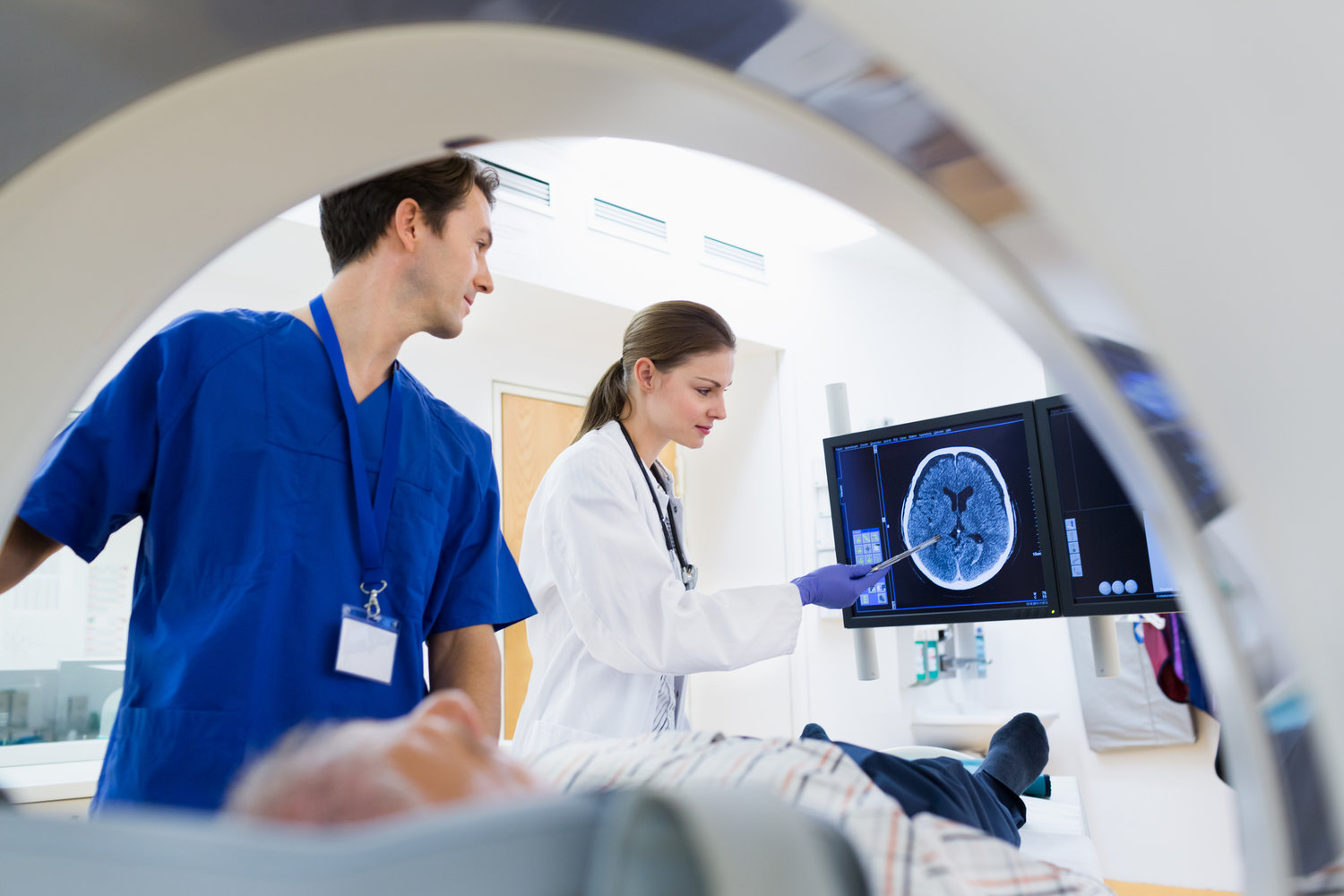In the ever-evolving field of medical imaging, the role of the radiology tech has undergone significant transformation. This evolution is driven by advancements in technology, changing healthcare needs, and a growing emphasis on precision and patient care.
The Technological Leap Forward
The latest advancements in imaging technology have revolutionized diagnostic capabilities. For instance, the integration of artificial intelligence (AI) in imaging systems has enhanced the accuracy of diagnostic interpretations. AI algorithms can now assist radiology tech by identifying patterns and anomalies in images, streamlining the diagnostic process, and reducing the risk of human error. These intelligent systems not only speed up image analysis but also provide insights that might be missed during manual review.
Furthermore, innovations in imaging modalities have led to the development of more sophisticated equipment. High-resolution MRI machines and advanced CT scanners offer unprecedented clarity, allowing for more detailed and accurate assessments. This improved imaging quality supports better diagnosis and treatment planning, ultimately enhancing patient outcomes.
Expanding Roles and Responsibilities
The responsibilities of imaging professionals have also expanded. Traditionally focused on operating imaging machines and capturing images, today’s specialists are increasingly involved in interpreting results, interacting with patients, and collaborating with other healthcare providers. This shift reflects a broader trend towards a more integrated and patient-centered approach in healthcare.
One of the emerging roles is that of the radiology navigator, who helps patients understand their imaging procedures and results. These professionals provide crucial support, addressing patient concerns and ensuring that imaging processes are as comfortable and efficient as possible. Their role underscores the importance of communication and empathy in the imaging field.
Education and Training Advancements
Education and training for imaging professionals are keeping pace with these changes. Programs now incorporate cutting-edge technology and methodologies, preparing graduates for the complexities of modern imaging environments. Hands-on training with the latest equipment and exposure to advanced imaging techniques ensure that new professionals are well-equipped to handle the demands of their roles.
Continuing education is also crucial, as technology and practices evolve rapidly. Professionals are encouraged to engage in ongoing learning to stay abreast of new developments and maintain their certifications. This commitment to lifelong learning helps practitioners adapt to new technologies and practices, ensuring they provide the best possible care.
The Impact on Patient Care
The advancements in imaging technology and the expanding role of imaging professionals directly benefit patient care. With more precise imaging and improved diagnostic tools, conditions can be detected earlier and with greater accuracy. This leads to more effective treatments and better management of diseases. Additionally, enhanced imaging techniques often result in less invasive procedures, reducing patient discomfort and recovery times.
The integration of new technologies and expanded roles in the imaging field also supports a more holistic approach to patient care. By focusing on both the technical and interpersonal aspects of their work, professionals contribute to a more comprehensive and compassionate healthcare experience.
Looking Ahead
As technology continues to advance, the future of medical imaging holds even more promise. Emerging technologies, such as quantum imaging and advanced molecular imaging, could further enhance diagnostic capabilities and treatment options. For professionals in the field, staying informed about these developments and embracing innovation will be key to continuing to provide exceptional care.
In conclusion, the world of medical imaging is dynamic and rapidly evolving. With advancements in technology, expanding roles, and ongoing education, imaging professionals are well-positioned to meet the challenges of modern healthcare. Their work not only enhances diagnostic accuracy but also plays a critical role in improving patient outcomes and advancing the field of medicine.






